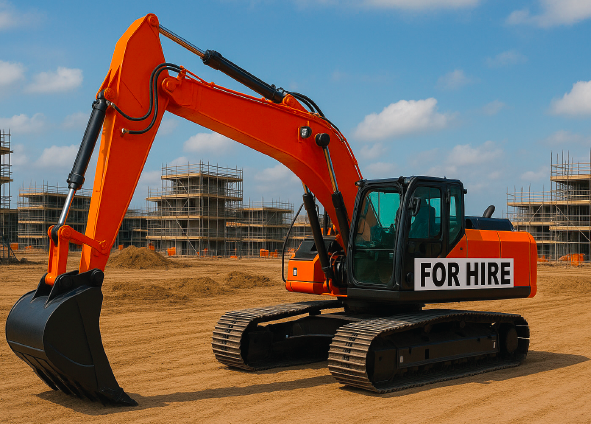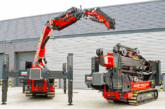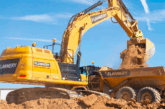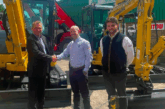
Plant hire companies are investing in low emission, battery-electric and hydrogen-powered machinery, helping contractors meet new environmental standards without costly investment. And with rental penetration in the UK already around 75%, the trend away from ownership looks set to continue well beyond 2025.
With the UK construction industry facing mounting cost pressures, tightening legislation, and accelerating decarbonisation targets, plant hire is fast becoming the preferred route for accessing vital equipment according to this new research.
Barbour ABI found that the UK plant hire market will reach a value of £3.56bn in 2025, growing nearly 24% since 2020 – despite a backdrop of economic stagnation and inflation. Researchers found that contractors and developers are increasingly turning away from asset ownership in favour of flexible, on-demand access to machinery. Renting equipment reduces the contractor’s risks, and offers other advantages including tax relief, the availability of a call-out service, lower maintenance costs, greater flexibility and the opportunity to trial new products and types of equipment.
 Regulation and net zero
Regulation and net zero
A key feature influencing the hire and safe operation of rental equipment in the industryis the need for compliant products that meet the requirements of the relevant legislation. “With emissions regulations tightening and net zero targets looming, firms are under pressure to modernise fleets faster than ever, and plant hire offers a route to do that affordably,” says Barbour ABI’s chief analyst Ed Griffiths.
Legislation remains a key driver in the industry. Notable examples include regulations relating to health and safety in the workplace (which encourage the use of certain types of equipment) and laws aiming to improve environmental performance and energy efficiency.
Construction firms are ditching their own diggers as red tape, green rules and soaring costs fuel £3.5 billion hire craze. That’s according to Barbour ABI’s recent plant hire market report. CPN digests the findings.
Market outlook
Barbour’s reporting highlights that earthmoving and lifting equipment alone account for 68% of plant hire value, with demand being supercharged by major projects like HS2, The Great Grid Upgrade, and the upcoming AMP8 water infrastructure investment plan. “Hiring gives firms the ability to scale up quickly for major infrastructure or energy projects, while avoiding the financial and legislative burden of plant ownership,” adds Griffiths. It is estimated that construction accounts for around two-thirds of the total plant hire market, with the remaining share taken by the non-construction sector. Demand for plant hire is therefore heavily dependent on the level of construction activity, with recent growth having been the highest in sectors such as infrastructure and, until recently, housebuilding.
There is still a significant pipeline of work within the sector relating to energy projects, estimated at between £700bn and £775bn.
“As we look toward 2029, we expect the plant hire market to continue its upward trajectory, supported by a projected £700 – £775 billion in UK infrastructure investment and a growing push for low-emission equipment,” concludes Griffiths.
“With rental penetration already sky high and sectors like renewable energy, data centres, and utilities driving demand, hire is no longer just a cost-saving choice – it’s a strategic one. The shift to smart, sustainable, and flexible solutions will define how construction firms operate over the next five years.”
For more information from Barbour ABI








